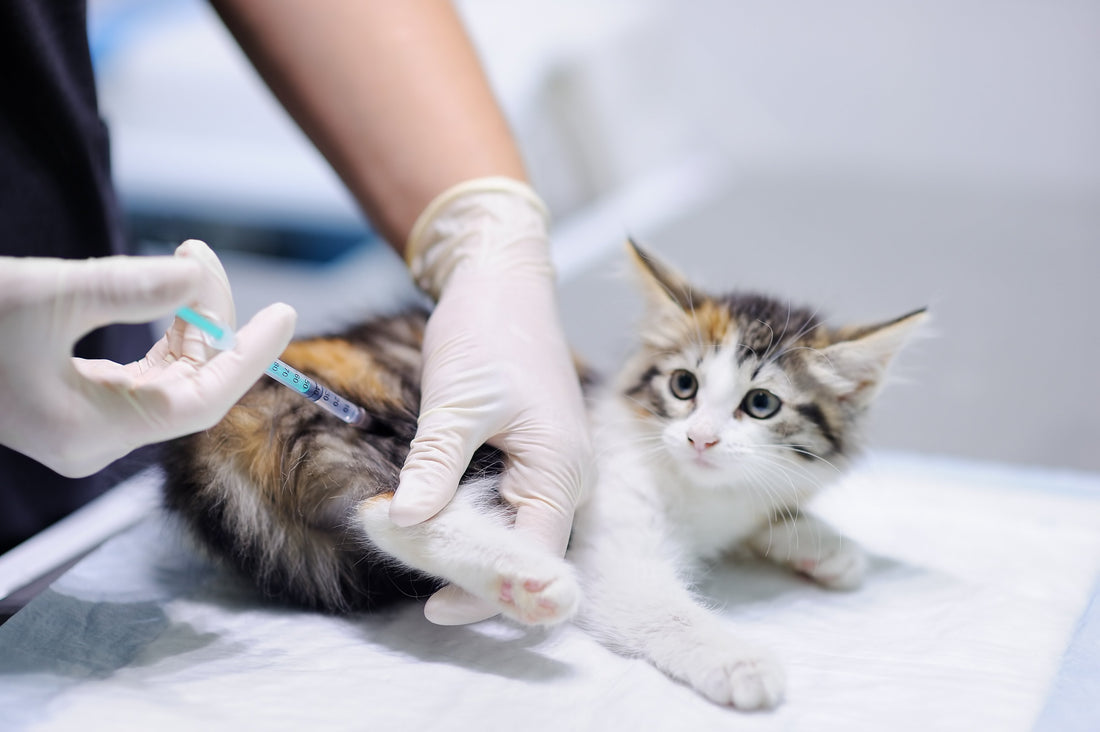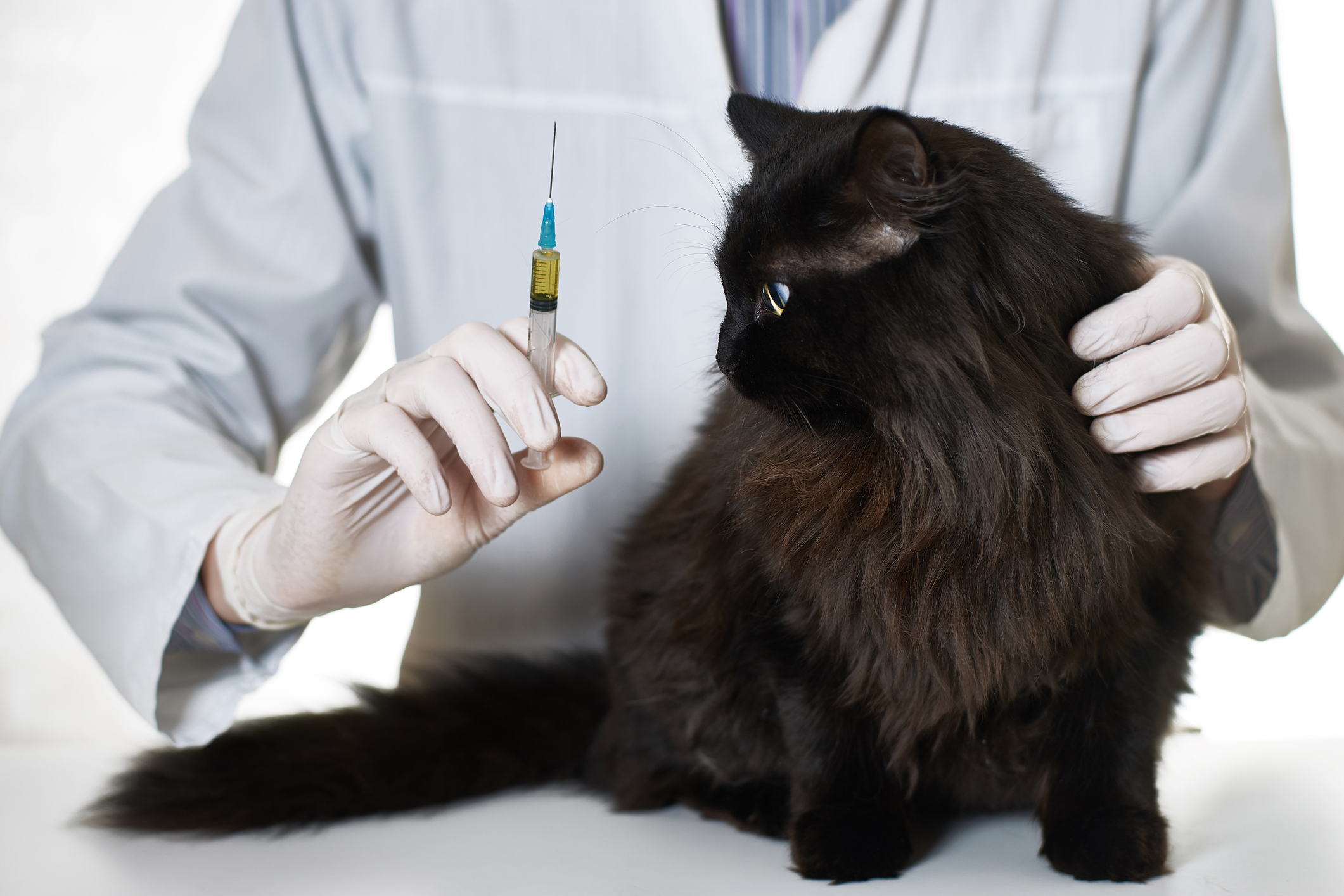
What You Should Know About Feline Injection Site Sarcoma
Over the course of their lives, most cats are given a number of important injections. Vaccines are some of the most common, but our furry friends might also be injected with antibiotics, steroids and microchips—all of which have potentially life-saving benefits. Unfortunately, in rare cases, these injections may lead to a serious health problem: cancer.
Feline injection site sarcoma is a form of cat cancer that occurs in the connective tissues where injections are administered. Experts believe injection site tumors stem from uncontrolled inflammation caused by the injection, but the exact cause is not known yet. Although it is uncommon, pet parents should be mindful of the potential for this form of cancer and know how to spot it early.
Identifying injection site sarcoma
When an injection is given to a cat, there is a possibility that a tumor will develop in the connective tissues of the site. However, this growth will not occur immediately. In fact, many tumors are discovered at injection sites months or even years after the injection was administered. Some tumors can originate as early as four weeks after the injection, but the majority take much longer to appear.
Most injection site sarcoma tumors are fibrosarcoma, but they can affect different connective tissues. The cancer is moderately aggressive and has the potential to spread to other areas of the body, such as the lymph nodes or lungs. Some cats may have a genetic predisposition to developing injection site sarcomas, but experts are still determining this genetic component.
The most common sign of feline injection site sarcoma is a small- to medium-sized lump under the skin. You might discover this lump while petting your cat or giving them an at-home examination. Your vet will also check for lumps and bumps during their annual exam.
Other signs of cancer, including lethargy and a decreased appetite, may not appear in your cat unless the cancer has begun to spread. Of course, it’s much better to identify and treat cancer before it spreads, so it’s important to check your cat for abnormal lumps on a routine basis. In particular, feel with your fingers around the areas your pet has received vaccines or other injections (typically around and between the shoulders or hips).
It’s important to note that immediately after an injection is administered, a clump of cells may form as an immune response to the injection. These bumps typically go away after a few days but may last as long as three weeks. If the bump or swelling persists for longer than three weeks or gets larger, it’s a good idea to call your veterinarian and have your pet examined.
Injection site sarcoma treatment
Once diagnosed, early stages of feline injection site sarcoma are typically treated with surgical removal of the tumor and affected tissue. If the tumor has grown on a limb, amputation may be the most effective way to minimize the potential for cancer recurrence. Radiation therapy or chemotherapy may be used in conjunction with surgery or to treat cancer that has spread further into the body.
Unfortunately, tumor recurrence is relatively common in feline injection site sarcoma cases. Once the tumor is removed, you should carefully monitor the former tumor site over time to ensure a new tumor does not begin to grow.
The prognosis for cats undergoing injection site sarcoma treatment often ranges between one to two years after surgery and chemotherapy. However, if the tumor reappears after surgery, the prognosis may be lower.
The risks of vaccinations and cancer
Some pet owners fear having their cats vaccinated because they are afraid of injection site sarcoma developing in their pet. However, in many instances, the risk of not vaccinating your pet against certain diseases far outweighs the risk of injection site sarcoma. Additionally, vaccinations for diseases like rabies may be required by your state or region to protect public health.
While no vaccine is completely risk-free, veterinarians around the globe have worked to improve vaccination safety and reduce pets’ risk for injection site sarcoma. Less-frequent booster shots and locally appropriate vaccinations are a few steps vets have taken to reduce the number of injections cats receive each year. However, if your pet has experienced injection site sarcoma before, they typically should not continue to be immunized or receive injected medications.
Because all cats and their health risks are unique, it’s important to discuss the risks of vaccination with your veterinarian to determine what is best for your pet.



